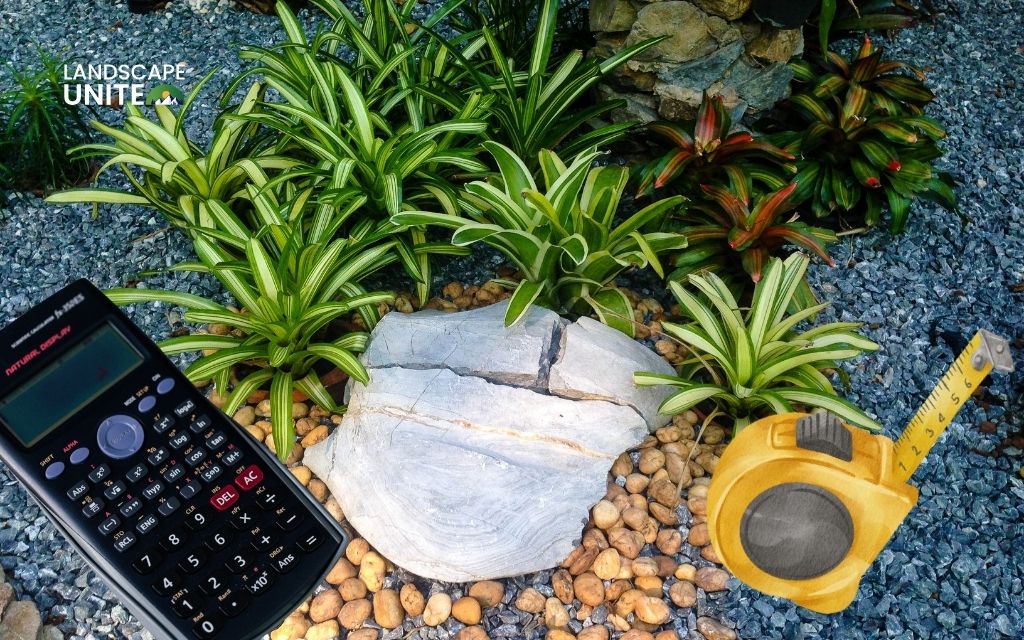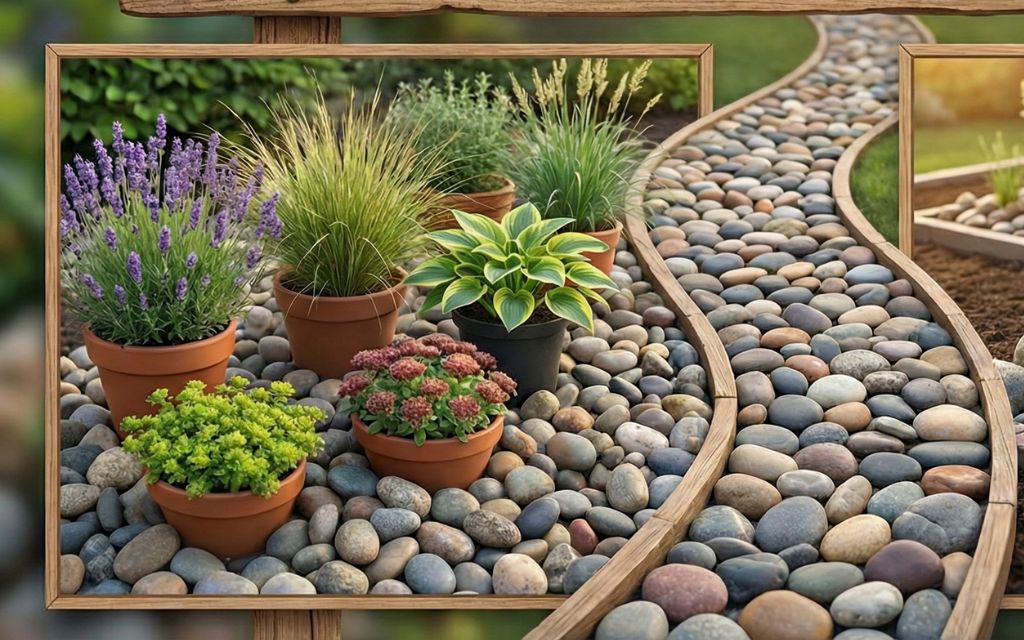Nothing frustrates gardeners more than discovering grass infiltrating their carefully planned flower beds. This invasive growth not only disrupts your garden’s aesthetic appeal but also steals vital nutrients and water from your prized flowers.
Whether you’re dealing with stubborn clumps or widespread grass invasion, removing it requires the right approach and techniques.
The key to successful grass removal lies in understanding that different situations call for different methods.
Small patches might respond well to manual removal, while larger infestations may require smothering techniques or targeted treatments. The good news is that with patience and the proper strategy, you can reclaim your flower beds and prevent grass from returning.
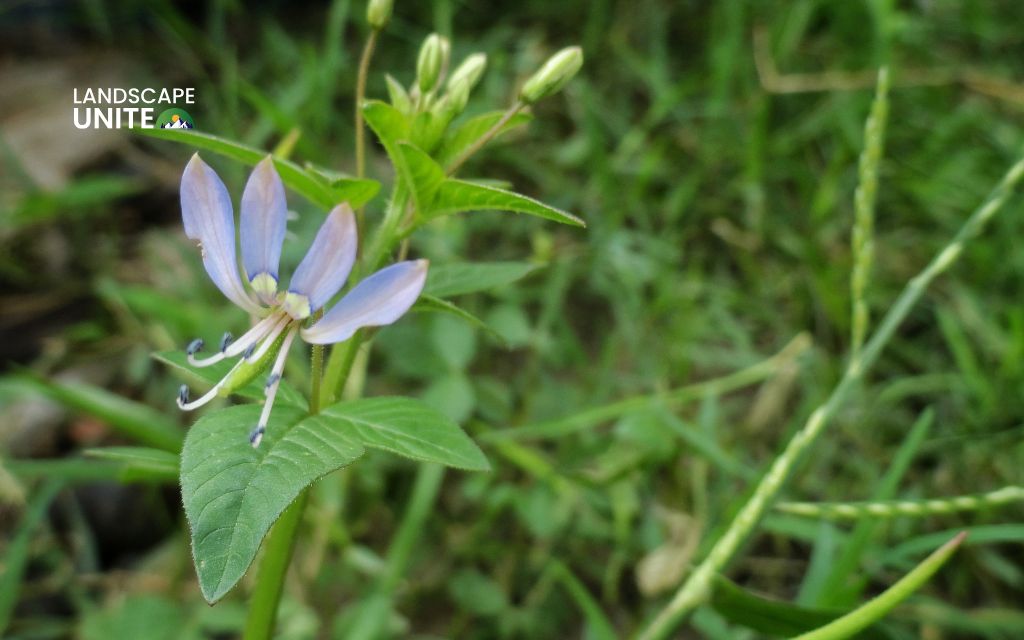
These guides may be just what you need now:
- What are the easiest ways to keep cats out of your flower beds for good?
- How can you stop chickens from ruining your flower beds?
- Grubs destroying your flower beds – what’s the best way to get rid of them?
- What are the natural ways to banish chinch bugs?
How to get rid of grass in flower beds
Choosing the right removal method depends on your garden’s size, the extent of grass invasion, and your gardening philosophy.
Each technique offers unique advantages and works best under specific conditions.
1. Manual grass removal
Manual removal remains the most precise and environmentally friendly approach for eliminating grass from flower beds.
- Begin by watering the area lightly to soften the soil, making grass easier to extract.
- Using a sharp spade or weeding fork, carefully loosen the soil around grass clumps, working from the outside edges inward.
- Grip the grass firmly at its base and pull steadily upward, ensuring you capture the entire root system.
- Any remaining root fragments can regenerate, so thoroughness is essential.
- After removing each clump, shake off excess soil and examine the roots. Healthy grass roots appear white or cream-colored and may extend several inches deep.
- Fill the resulting holes with quality potting soil or compost, gently firming it to eliminate air pockets.
2. Sheet mulching (lasagna method)
Sheet mulching, often called the lasagna method, effectively smothers grass by blocking sunlight and creating an oxygen-poor environment.
- This technique also enriches your soil as the materials decompose.
- Start by cutting grass as short as possible using garden shears or a mower.
- Lay overlapping sheets of cardboard or several layers of newspaper directly over the grass, ensuring no gaps remain.
- Wet the covering thoroughly to prevent it from blowing away and to begin the decomposition process.
- Apply three to four inches of organic mulch over the cardboard layer. Suitable materials include shredded bark, wood chips, straw, or finished compost.
- The mulch weight helps hold everything in place while providing an attractive surface appearance.
Complete grass death typically occurs within six to eight weeks, though tough grass varieties may require up to three months. The decomposing materials gradually improve soil structure and fertility.
3. Solarization
Solarization harnesses solar energy to create lethal temperatures for grass and weeds while leaving the soil ready for immediate planting. This chemical-free approach proves especially effective during hot summer months.
- Water the grass-infested area thoroughly until the soil reaches field capacity.
- Cover the entire area with clear plastic sheeting, ensuring it lies as flat as possible against the soil surface.
- Secure the plastic edges by burying them several inches deep or weighing them down with rocks or soil.
- The plastic creates a greenhouse effect, raising soil temperatures to levels that kill grass roots, seeds, and many soil-borne pests.
- Maximum effectiveness occurs when soil temperatures reach 110-125°F for extended periods.
- Maintain the plastic covering for four to six weeks during the hottest part of summer. Cooler weather extends the required treatment time.
4. Herbicide application (natural and chemical options)
Herbicide treatments offer quick results but require careful application to protect surrounding plants. Both natural and synthetic options are available depending on your gardening philosophy.
Natural herbicide
White vinegar with 20% acetic acid concentration provides effective grass control for small areas. Apply on sunny days for maximum effectiveness, as the acetic acid burns grass leaves and stems.
Boiling water offers another natural solution, instantly destroying grass tissue on contact. Pour slowly and steadily to ensure complete coverage.
Salt solutions can kill grass but should be used sparingly, as excess salt damages soil structure and affects future plant growth. Mix one part salt with three parts water for a balanced approach.
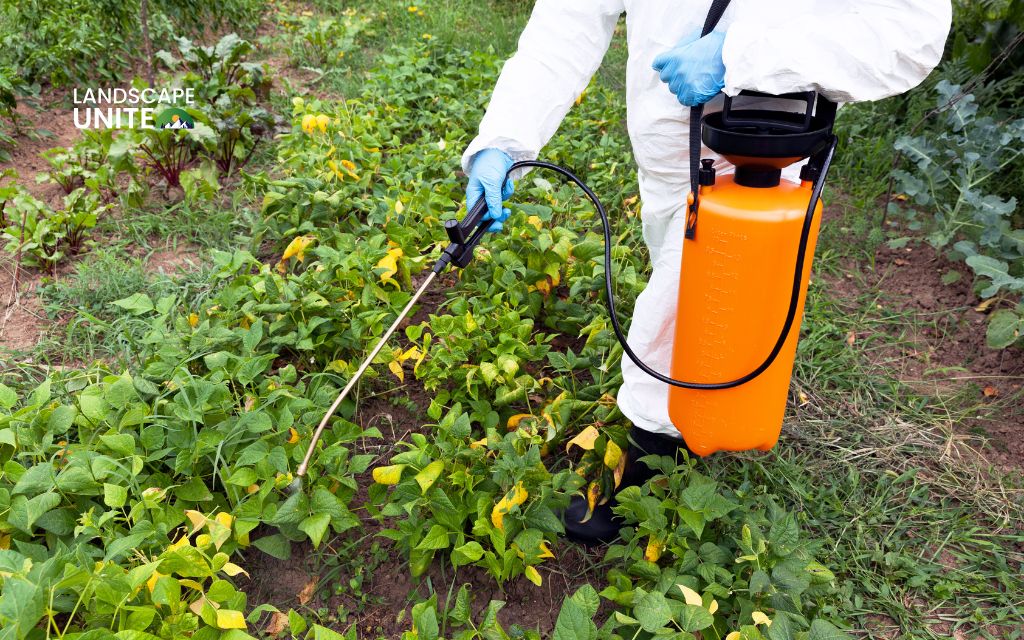
Chemical herbicide
Glyphosate-based herbicides provide systemic grass control by interfering with protein synthesis.
These products require seven to fourteen days to show full effects but kill grass completely, including root systems.
Apply using a foam brush or small sprayer to minimize drift onto desirable plants.
Why grass in flower beds is a problem
Understanding why grass becomes problematic in flower beds helps you appreciate the importance of thorough removal and prevention strategies.
Competition for water and nutrients
Grass possesses aggressive root systems designed to quickly absorb available water and nutrients. These dense, fibrous roots often outcompete flower plants, which typically have different root structures and nutrient requirements.
When grass establishes itself in flower beds, your carefully selected plants may show signs of stress, including reduced flowering, yellowing leaves, or stunted growth.
Aesthetic issues and maintenance hassles
Grass growing among flowers creates an unkempt appearance that detracts from your garden’s visual impact. The contrast between grass’s uniform green color and flowers’ varied hues and textures creates visual confusion rather than the intentional design you’ve worked to achieve.
Beyond aesthetics, grass requires constant vigilance and removal efforts.
What starts as a few scattered blades quickly spreads throughout the bed, creating an ongoing maintenance burden that consumes time and energy better spent on positive garden improvements.
Root systems and soil compaction
Established grass forms dense root mats that physically crowd out flower roots and create compacted growing conditions. These mat-like root systems prevent proper water infiltration and air circulation, creating an environment that favors grass over most flowering plants.
Over time, this compaction affects soil structure, reducing the pore spaces that plant roots need for healthy development.
The result is a growing environment that becomes increasingly hostile to flowers while remaining perfectly suited to grass expansion.
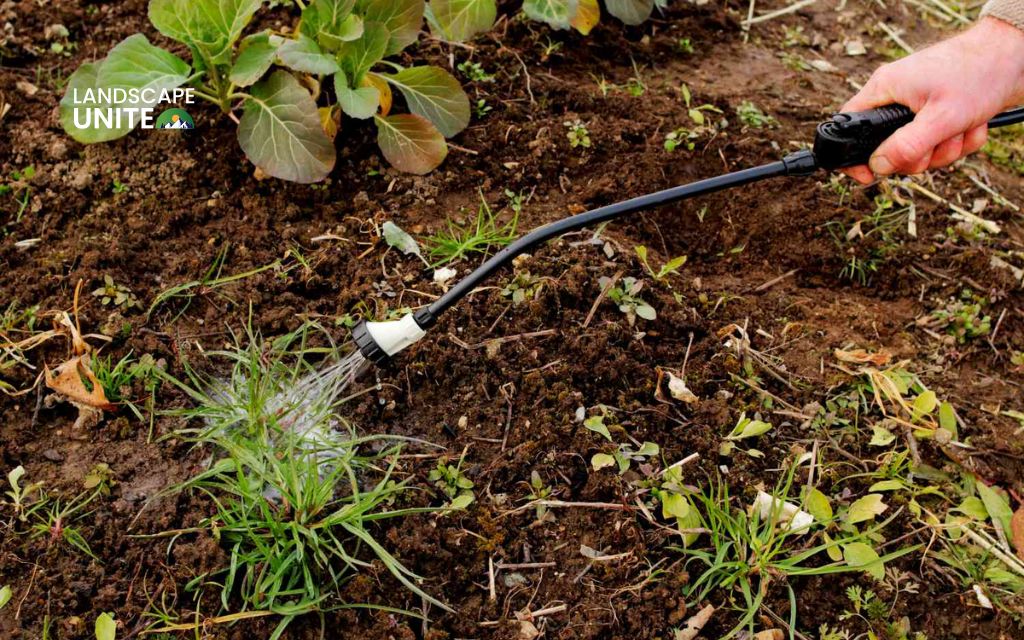
Soil preparation after grass removal
Proper soil preparation following grass removal ensures your flower bed provides the best possible growing environment for new plantings.
Aerating and loosening the soil
Grass removal often leaves behind compacted soil that requires rehabilitation before planting.
Use a garden fork or mechanical aerator to create holes throughout the bed, breaking up compacted layers and improving soil structure. Work when soil moisture is optimal – damp but not waterlogged.
Focus particular attention on areas where grass root mats were thickest. These zones typically show the most severe compaction and benefit from extra aeration efforts.
The goal is creating a loose, friable soil structure that allows easy root penetration and water movement.
Adding compost or organic matter
Fresh compost transforms tired soil into a thriving growing medium for flowers.
Apply a two to three-inch layer of well-aged compost over the entire bed, then work it into the top six inches of soil using a spading fork or rototiller.
Quality compost provides slow-release nutrients, improves water retention in sandy soils, and enhances drainage in clay soils. It also introduces beneficial microorganisms that support plant health and create natural disease resistance.
Alternative organic materials include aged manure, leaf mold, or shredded bark. Each offers unique benefits, but all improve soil structure and fertility compared to unimended soil.
How to prevent grass from returning to flower beds
Prevention proves far easier than repeated grass removal. Implementing these strategies creates long-term protection for your flower beds.
1. Installing edging around flower beds
Physical barriers provide the most reliable long-term grass prevention. Install edging materials that extend at least four inches below ground level to block underground grass runners and rhizomes.
- Metal edging offers durability and creates clean lines but requires professional installation for best results.
- Stone or brick edging provides a decorative element while serving as an effective barrier.
- Plastic edging costs less but may become brittle over time and require replacement.
2. Regular mulching and weed control
Maintain a consistent three to four-inch mulch layer throughout your flower beds. Fresh mulch suppresses grass seed germination while retaining soil moisture and regulating temperature. Check out this flower bed mulching guide to do it properly.
Organic mulches like shredded bark or wood chips gradually decompose, requiring annual replenishment.
Consider installing landscape fabric beneath mulch in areas with persistent grass problems.
This additional barrier prevents grass emergence while allowing water and air penetration. Choose high-quality landscape fabric that resists tearing and UV degradation.
3. Proper watering and planting techniques
Develop watering practices that favor flowers over grass. Deep, infrequent watering encourages flower roots to grow deeply while discouraging shallow-rooted grass. Apply water directly to plant root zones using soaker hoses or drip irrigation rather than overhead sprinklers.
Select flowers that naturally outcompete grass through vigorous growth or allelopathic properties. Dense groundcover flowers create living mulch that suppresses grass germination.
Plants with spreading habits quickly fill available space, leaving no room for grass establishment.
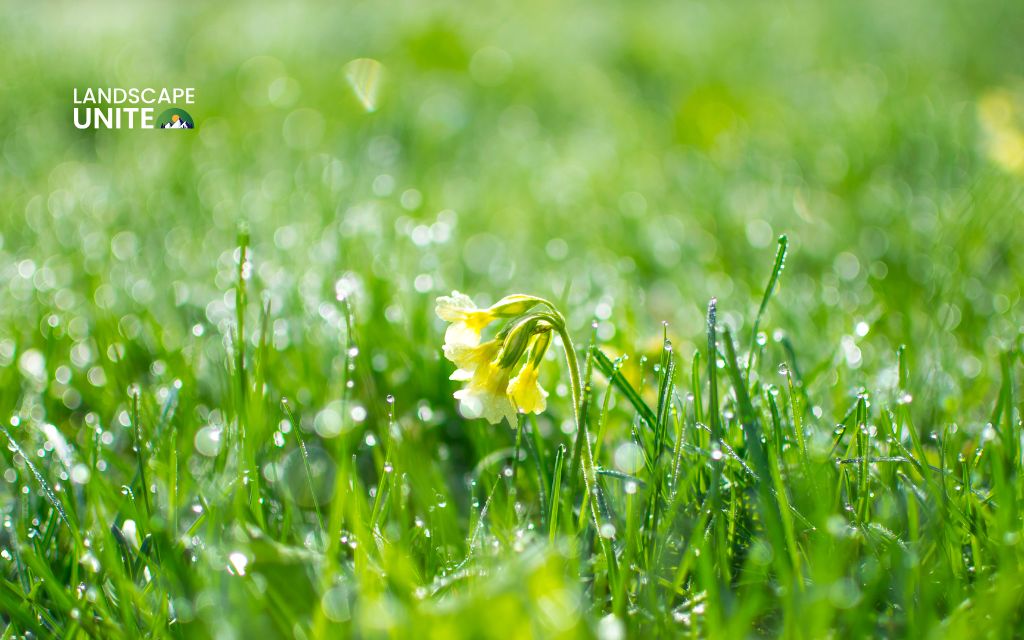
Conclusion
Successfully removing grass from flower beds requires choosing the right method for your situation and following through with proper prevention.
Whether you prefer manual removal for small areas, sheet mulching for larger spaces, solarization for chemical-free control, or targeted herbicide applications, each technique can deliver excellent results when applied correctly.
The key to lasting success is combining effective removal with solid prevention strategies like proper edging, consistent mulching, and strategic plant selection. With the right approach, you can transform grass-infested flower beds into thriving showcases of garden beauty.
Ready to transform your flower bed? Try these proven methods and enjoy a garden that truly thrives! If you want to learn more about maintaining and protecting your garden, as well as discover additional helpful tips and tricks, explore more articles from our extensive resource collection.
Frequently asked questions (FAQs)
How do I know if I’ve removed all the grass from my flower bed?
Complete grass removal is evident when no green grass blades emerge after two to three weeks of monitoring. Check for remaining root fragments by gently excavating small areas – white or cream-colored roots indicate living grass that requires additional removal.
What’s the best way to prevent grass from growing back in my flower bed?
Install physical edging at least four inches deep, maintain consistent mulch coverage, and establish dense flower plantings that outcompete grass. Regular monitoring and immediate removal of any new grass growth prevents re-establishment.
Can I use mulch to kill grass in my flower bed?
Mulch alone rarely kills established grass but prevents new grass seed germination. For grass elimination, use the sheet mulching method with cardboard or newspaper beneath the mulch to block sunlight and smother existing grass.
How long does it take for solarization to kill grass?
Solarization requires four to six weeks of continuous hot weather to effectively kill grass. Soil temperatures must reach 110-125°F for extended periods. Cooler weather or partial shade extends the required treatment time.
Are there any organic solutions for removing grass in flower beds?
Manual removal, sheet mulching, solarization, and natural herbicides like vinegar or boiling water provide effective organic grass control. These methods require more time and effort than chemical solutions but maintain organic gardening principles.
